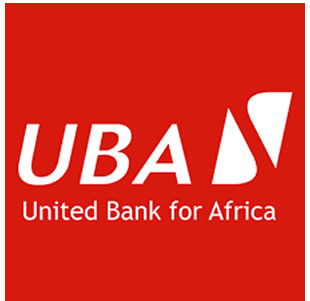The Nigerian Communications Commission (NCC) has suspended the issuance of communication licenses for the following three categories which includes Mobile Virtual Network Operator (MVNO), Interconnect Exchange, and Value Added Service Aggregator.
The Commission announced this on Friday in a public notice issued by its Mr. Reuben Muoka the Director of Public Affairs. But Mr. Muoka in his notice stated that the suspension will takes effect from May 17, 2024, and its temporary.
Which means that no company will be able to apply for a new license in any of the three affected categories until the suspension is halted or ends. According to NCC, the suspension is in line with its powers under the Nigerian Communications Act (NCA) 2003 to grant and renew licenses, promote fair competition, and develop the communications Industry.
But however, the commission noted that all pending applications for the same license would still be considered and treated accordingly.
Detailing the need for the suspension, NCC in the public notice said,
“This temporary suspension is necessary to enable the Commission to conduct a thorough review of several key areas within these categories, including the current level of competition, market saturation, and current market dynamics.
“The public is invited to note that during the suspension period commencing on 17th of May, 2024, new applications for the aforementioned licenses will not be accepted. This is without prejudice to pending applications before the Commission which will be considered on its merits.”
What to Know
An interconnect exchange, or clearinghouse, in Nigeria’s telecommunications industry, is a central exchange where calls from different mobile network operators are connected, billed, and reconciled. Currently, 37 companies are operating in the interconnect space in Nigeria.
The MVNO licence is the newest category of licensed introduced by the NCC. As of the last count, 43 companies have been licensed to operate in the five tiers of the licence. However, none of them has rolled out service yet.
An MVNO is a telecommunications product and service operator that rides on top of the infrastructure capacity of a fully licensed mobile telecommunication service provider or mobile network operator (MNO). This means that the operators will not need investments in their infrastructure but leverage existing facilities across the country to provide services.
The entrance of MVNOs into the Nigerian telecom market is expected to provide competitive offerings and lower the costs of calls and data for subscribers.

 News21 hours ago
News21 hours ago
 Abuja Reports8 hours ago
Abuja Reports8 hours ago
 News6 hours ago
News6 hours ago
 News7 hours ago
News7 hours ago
 Education3 hours ago
Education3 hours ago
 News40 mins ago
News40 mins ago










